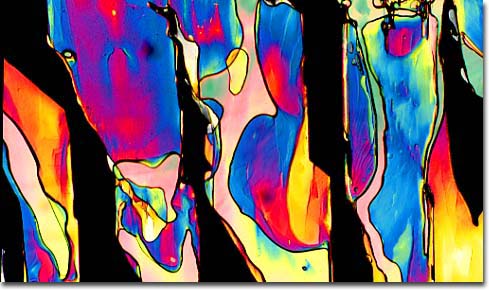|
One of the four building blocks of nucleic acids, cytidine is an aromatic single-ring nitrogen heterocycle bonded to a ribose sugar ring. Cytosine, the organic base present in cytidine, was first isolated in the late nineteenth century from the thymus of a calf and was first synthesized only a few years later, in 1903. Similar to other nucleosides, uridine is widely available in foods, but can also be obtained by the cells of the body through biosynthetic pathways and salvage processes. Moreover, synthetic cytidine, which typically appears as a white, crystalline powder, is widely offered as well. The various phosphorylated forms of cytidine that occur are important in a range of functions within the body. Cytidine triphosphate (CTP), for example, is intricately involved in the metabolism of both carbohydrates and fats.
|
